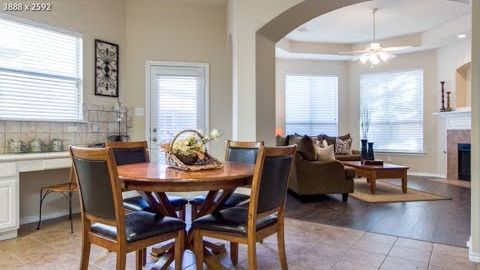
字幕と単語
Real Estate Photography Tips Lightroom Post Processing With Enfuse HDR Blending
00
Chihyu Lin が 2014 年 11 月 27 日 に投稿保存
動画の中の単語
bit
US /bɪt/
・
UK /bɪt/
- n.馬銜(はみ);少し : 部分;ビット;錐;小銭;ちょっとしたこと
- v.i.魚が餌に食らいつく
- adv.少し
- v.t.噛んだ
- idiom全く~ない;自分の役割を果たす
A1 初級
もっと見る shot
US /ʃɑt/
・
UK /ʃɒt/
- v.t.(ボールをゴールに)シュートした;(銃などで人を)撃った : 傷つけた : 撃ち殺した;撮影した
- n. (c.)シュート
- v.i.強くはじく
A2 初級
もっと見る exposure
US /ɪkˈspoʒɚ/
・
UK /ɪk'spəʊʒə(r)/
- n.露出;メディアにとりあげられること;暴露;さらされていること : 露出していること;露出;低体温症;(金融)エクスポージャー
A2 初級TOEIC
もっと見る frame
US /frem/
・
UK /freɪm/
- v.t.でっちあげる;丁寧に言葉で表す;絵や写真を額に入れる;組み立てる;囲む
- n. (c./u.)額縁;骨格;骨組み;心理状態;フレーム
A2 初級TOEIC
もっと見る エネルギーを使用
すべての単語を解除
発音・解説・フィルター機能を解除
